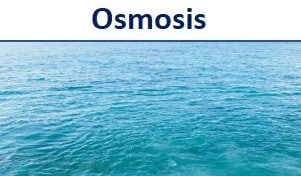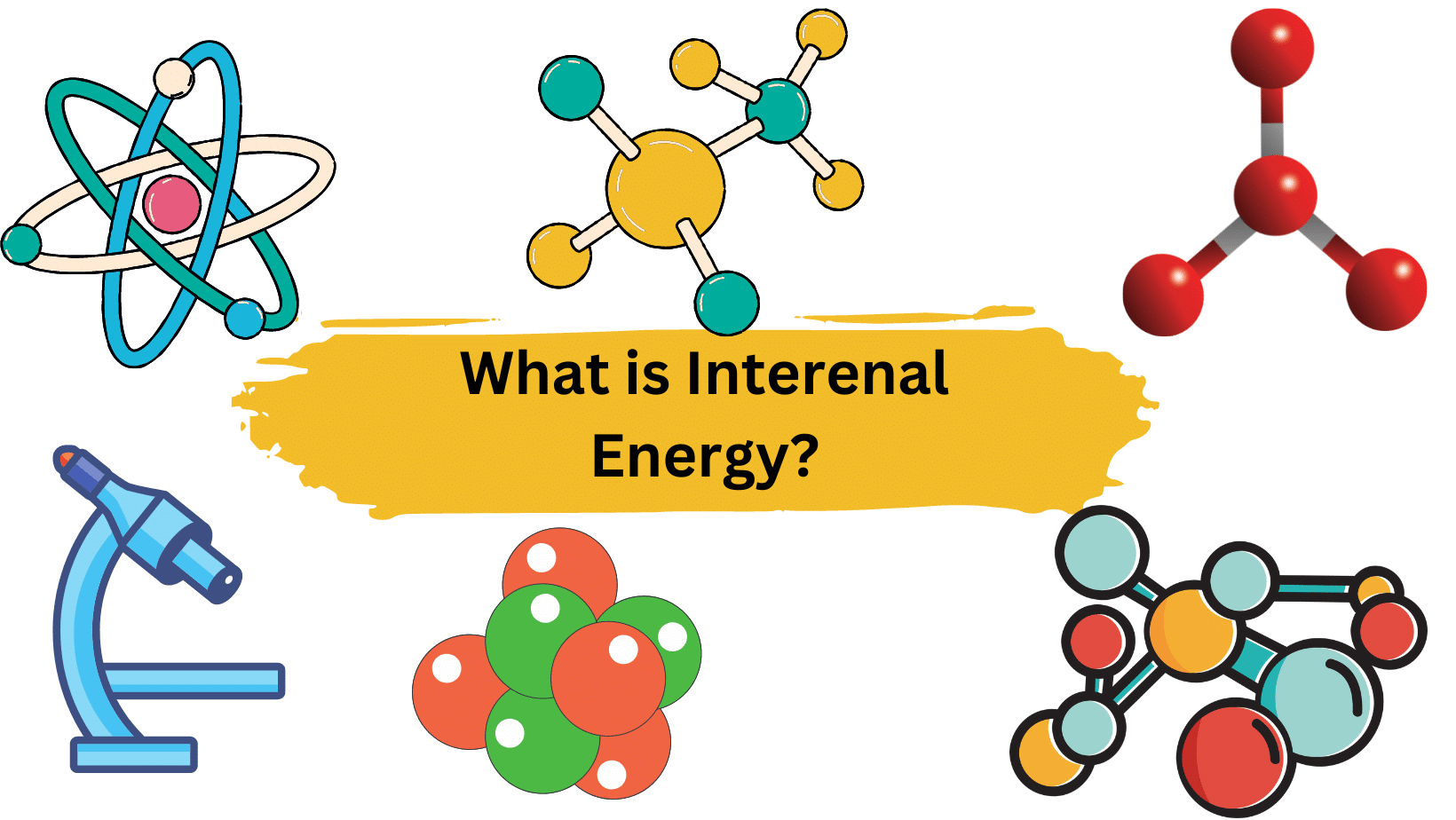The fundamental movement of ions and other chemical compounds within cells along a concentration gradient without the need for external energy is known as passive transport. Passive diffusion is another name for it.
Passive Transport-Key Points
- Passive transport is a natural phenomenon, which does not require any external energy.
- It’s the biological process of biochemicals moving across cell membranes and tissues.
- Four types of passive transport are simple diffusion, facilitated diffusion, filtration, and osmosis.
- Ethanol enters our bodies and is absorbed into our bloodstream. This occurs because the ethanol molecules just diffuse across the cell membrane and do not require any external energy to travel through.
- Reabsorption of nutrients by the intestines by separating them from the solid waste and transporting the nutrients through the intestinal membrane into the bloodstream.
- The intestines reabsorb nutrients by separating them from solid waste and transferring them into the bloodstream through the intestinal membrane. This is another example of passive transport.
- When a raisin is soaked in water, osmosis causes the water to migrate inside the raisin, causing it to enlarge.
More Links
Latest posts by Umair Javaid, PhD Student (see all)
- BCl3 Lewis Structure in four simple steps - November 1, 2023
- PH3 Lewis Structure in four simple steps - October 8, 2023
- PF3 Lewis structure in four simple steps - September 24, 2023



